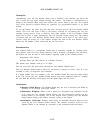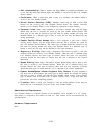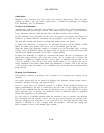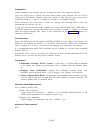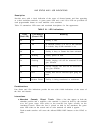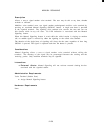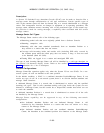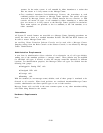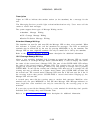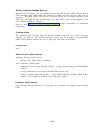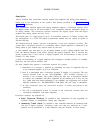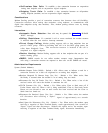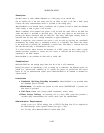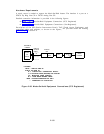operator for the entire system.
A call extended by either Attendant to a station that
does not answer or is busy returns to the Message Center.
Two combined Attendant Position/Message Centers; the Attendants at each
combined position also function as Message Center operators. The special call types
answered by Message Centers can be divided between the two consoles, or both
consoles can answer all types. A call extended by either Attendant to a station that
does not answer or in busy returns to the Message Center specified in translation.
Three return options are provided: to the 1st attendant, to the 2nd attendant, or to
either attendant.
●
Interactions
All System 25 console features are accessible at a Message Center. Operating procedures are
exactly the same as those at a standard Attendant Position. The BIS and HFAI features can
be used to answer Message Center calls.
An auxiliary Direct Extension Selector Console can be used with a Message Center.
Outgoing calling, from the Basic Console or the Selector Console, is not affected by Message
Center administration.
Administration Requirements
A new item in administration allows selection of an alternative set of call type defaults,
making one of the attendant positions a “message center”.
These defaults may be modified
for individual call types, if desired, to tailor the message center-like operation for different
locations. For administration purposes, the Message Center call types are divided into the
following four groups:
● Nonlogged-in floating PDC calls
● Unassigned DID calls
● Coverage calls
● Returning calls.
With the standard (ie, non-message center) defaults, each of these groups is translated to be
directed to all consoles. When both positions are combined Attendant/Message Center
consoles, administration can direct specific types to one or both consoles.
Message Center calls are held in the same common queue as any other attendant-seeking
calls before being directed to the console.
Hardware Requirements
None.
2-161



